Home>Home Maintenance>How To Save Up For Home Repairs


Home Maintenance
How To Save Up For Home Repairs
Modified: March 6, 2024
Learn effective strategies for saving up money to cover the costs of essential home repairs and maintenance. Discover smart budgeting tips and expert advice to ensure your home remains in great condition without breaking the bank.
(Many of the links in this article redirect to a specific reviewed product. Your purchase of these products through affiliate links helps to generate commission for Storables.com, at no extra cost. Learn more)
Introduction
Welcome to the world of home ownership! Owning a home is a wonderful accomplishment that brings joy and a sense of pride. However, along with the joys of homeownership comes the responsibility of home maintenance and repairs. Whether it’s a leaky roof, a malfunctioning HVAC system, or a plumbing issue, home repairs are inevitable.
Home repairs can often be costly, which is why it’s important to have a plan in place to save up for these expenses. By taking a proactive approach and implementing some simple strategies, you can effectively save up and be prepared for any unexpected home repairs that may arise.
In this article, we will guide you through the process of saving up for home repairs. We’ll discuss how to assess your home repair needs, create a budget, cut expenses, set up a separate savings account, explore financing options, research DIY techniques, seek professional quotes, prioritize repairs, save money on materials, and track your progress. So let’s dive in!
Key Takeaways:
- Start by assessing your home’s needs, creating a realistic budget, and cutting unnecessary expenses. Setting up a dedicated savings account and exploring financing options can help you prepare for unexpected home repairs.
- Prioritize urgent repairs, research DIY techniques, and seek professional quotes. Save money on materials and track your progress to stay motivated and achieve your home repair savings goals.
Read more: How To Save For Home Improvements
Assessing the Home Repair Needs
The first step in saving up for home repairs is to assess the current condition of your home and identify any areas that require attention. Start by conducting a thorough inspection of your property, both interior and exterior, and make note of any issues you come across.
Look for signs of wear and tear, such as cracked paint, water stains, or loose tiles. Check for any leaks, whether it’s in the plumbing, roof, or windows. Inspect the electrical system for any signs of malfunctioning or outdated wiring. Pay attention to the condition of your appliances, HVAC system, and other major components of your home.
Make a comprehensive list of all the repairs or maintenance tasks that need to be done. Categorize them based on urgency and prioritize the ones that require immediate attention. This will give you a clear idea of the scope of work and the estimated costs involved.
If you are unsure about the severity of a particular issue or need expert advice, consider hiring a professional inspector or contractor to evaluate your home. They can provide you with an unbiased assessment and help you identify any hidden or potential problems that may need attention.
Remember, taking the time to assess your home repair needs accurately will not only help you budget more effectively, but it will also prevent any surprises or emergencies down the road.
Creating a Budget for Home Repairs
Once you have assessed your home repair needs, the next step is to create a budget for the necessary repairs. Having a budget will help you prioritize and allocate funds towards the most critical repairs while ensuring that you’re not overspending.
Start by estimating the costs of each repair or maintenance task on your list. Do some research to get an idea of the average costs for similar repairs in your area. You can consult with professionals or use online resources to gather pricing information.
Next, create a spreadsheet or use a budgeting app to document the estimated costs for each repair. Be sure to factor in not only the material costs but also any labor or professional fees that may apply.
If you’re not sure about the exact costs of certain repairs, it’s always a good idea to add a buffer or contingency amount to your budget. This will account for unexpected expenses that may arise during the repair process.
Once your budget is complete, evaluate your current financial situation and determine how much you can realistically save each month towards your home repairs. Consider the amount of time you have before the repairs need to be done and the urgency of each task.
It’s important to be realistic about your budget and set achievable saving goals. Cutting too many expenses to save money quickly can sometimes lead to financial strain or compromise the quality of repairs. Therefore, try to strike a balance between setting a viable savings goal and maintaining a comfortable lifestyle.
Regularly review and revise your budget as needed. Some repairs may become more urgent or new issues may arise over time. Adjust your savings plan accordingly to accommodate these changes and ensure that you’re on track to meet your financial goals.
By creating a comprehensive and realistic budget for your home repairs, you’ll have a clear roadmap for saving money and completing the necessary repairs in a timely manner.
Cutting Expenses to Save Money
One of the most effective ways to save up for home repairs is by cutting expenses in your daily life. By identifying areas where you can reduce your spending, you can allocate more money towards your home repair savings.
Start by evaluating your monthly expenses and identify areas where you can make cuts without drastically impacting your quality of life. Here are some tips to help you get started:
- Reduce unnecessary subscriptions: Cancel or downgrade subscriptions to services you don’t use frequently or can live without. This may include streaming services, gym memberships, or magazine subscriptions.
- Optimize energy usage: Make your home more energy-efficient by using programmable thermostats, installing energy-efficient light bulbs, and ensuring proper insulation. This will help reduce your monthly utility bills.
- Cut down on dining out: Eating out can be expensive, so try to limit dining out to special occasions and opt for cooking meals at home. Meal planning and bulk buying can help you save on groceries as well.
- Reduce transportation costs: Consider carpooling, using public transportation, or biking/walking for shorter distances to save on fuel and parking expenses.
- Shop smart: Look for sales, discounts, and coupons when shopping for groceries or household items. Consider buying generic brands instead of name brands to save money without compromising quality.
- Minimize entertainment expenses: Be mindful of entertainment expenses such as going to the movies, concerts, or events. Look for free or low-cost alternatives like local community events or enjoying nature.
- Review insurance policies: Shop around for better deals on home insurance, auto insurance, and other policies. You may be able to find more affordable options without sacrificing coverage.
- Reduce convenience spending: Try to avoid unnecessary convenience purchases like take-out coffee, grab-and-go meals, or impulse buys. Cutting down on these small expenses can add up over time.
Remember, the goal is not to completely deprive yourself, but to make mindful choices and cut back on non-essential expenses. Be sure to track your savings and celebrate your progress along the way.
By implementing these cost-cutting strategies, you can free up more money to put towards your home repair savings and reach your goals faster.
Setting Up a Home Repair Savings Account
To effectively save up for home repairs, it’s crucial to separate your repair funds from your regular savings or checking account. By setting up a dedicated home repair savings account, you can keep your funds organized and easily track your progress.
Here are some steps to help you set up and manage your home repair savings account:
- Select a suitable banking institution: Research different banks or credit unions to find one that offers low fees and competitive interest rates. Compare the features and benefits they provide, such as online banking and mobile apps.
- Open a separate savings account: Once you’ve chosen a banking institution, open a savings account specifically for your home repair funds. Consider opting for a high-yield savings account if available, as it can help you earn more interest on your savings over time.
- Automate your savings: Set up automatic transfers from your primary checking account to your home repair savings account. Choose a reasonable amount that you can comfortably contribute each month. This way, you won’t have to manually transfer funds and ensure consistent saving habits.
- Monitor your account regularly: Keep track of your home repair savings account by reviewing your statements and tracking your progress. This will help you stay motivated and make any necessary adjustments to your savings plan if needed.
- Avoid dipping into the account: Discourage yourself from using your home repair savings for non-emergency expenses. Treat this account as a dedicated fund solely for home repairs. This will help you avoid the temptation of using the money for other purposes.
- Maximize your savings potential: Explore opportunities to earn additional interest or incentives by utilizing features such as CDs (certificate of deposit) or rewards programs offered by the bank. However, ensure that the money remains easily accessible when needed for repairs.
By setting up a separate home repair savings account, you create a dedicated space for your repair funds. This not only helps you stay organized but also allows you to see your progress and ensure that your savings remain untouched until needed for repairs.
Read more: How To Save On Home Renovations
Exploring Financing Options
While saving up for home repairs is ideal, sometimes unexpected repairs may require immediate attention, and you may need to explore financing options. Here are a few common financing options that you can consider:
- Personal Loan: Personal loans are a popular choice for financing home repairs. They are unsecured loans that you can use for any purpose, including home repairs. Compare interest rates and loan terms from different lenders to find the best option for your needs.
- Home Equity Loan or Line of Credit: If you have built up equity in your home, you can consider a home equity loan or line of credit. These loans allow you to borrow against the value of your home. The interest rates are typically lower than other types of loans, and the interest may be tax-deductible (consult with a tax professional for details).
- Credit Cards: Using a credit card for home repairs can be convenient, but be mindful of the interest rates and repayment terms. If you choose this option, try to use a card with a low-interest rate or consider obtaining a card with a promotional 0% APR period to avoid interest charges if you can pay off the balance within the promotional period.
- Home Improvement Financing Programs: Some home improvement stores or contractors offer financing programs specifically for home repairs. These programs may have special terms or discounts associated with them. However, be sure to carefully review the terms and conditions and compare them with other financing options.
- Government Assistance Programs: Depending on your location and circumstances, there may be government assistance programs available to help finance home repairs. Research local or federal programs that provide financial aid or low-interest loans for home repairs.
Before choosing any financing option, it’s essential to assess your financial situation and consider the interest rates, repayment terms, and any associated fees. It’s crucial to find a financing option that aligns with your budget and avoid taking on more debt than you can comfortably handle.
Remember, while financing options can provide immediate funds for repairs, it’s still important to incorporate saving habits to build a cushion for future repairs and maintenance.
Set up a separate savings account specifically for home repairs. Contribute a small amount regularly to build up funds for unexpected maintenance or repairs.
Researching DIY Home Repair Techniques
When it comes to home repairs, hiring professionals can be costly. However, there are many repairs that you can tackle yourself with a little research and preparation. By learning and implementing DIY home repair techniques, you can save money on labor costs and gain a sense of accomplishment.
Here are some steps to help you research and successfully complete DIY home repairs:
- Identify the repair task: Determine the specific repair tasks you feel confident and capable of handling on your own. Start with smaller, less complex repairs before taking on larger projects.
- Research techniques and best practices: Use trusted resources such as home improvement books, online tutorials, and instructional videos to learn about the techniques and best practices for the specific repair. Make sure to gather multiple sources to get a well-rounded understanding.
- Gather the right tools and materials: Create a checklist of the tools and materials you’ll need for the repair. Research the specific tools required and invest in high-quality ones that will last. Collect all necessary materials before starting the repair to avoid interruptions.
- Take safety precautions: Safety should be your top priority. Research and understand the safety precautions associated with the repair task. This includes wearing appropriate protective gear, using tools correctly, and knowing when it’s necessary to consult a professional.
- Start small and practice: Begin with simple repair tasks to build your confidence and skills. Practice the techniques in a controlled environment before applying them to the actual repair. Start with projects that have a lower risk of causing further damage if mistakes are made.
- Consult experts if needed: While DIY repairs can save money, it’s essential to know your limitations. If you come across a repair that is beyond your skill level or requires specialized knowledge, don’t hesitate to consult a professional. It’s better to ask for help early on than risk causing more damage.
- Document your work: Keep a record of the repairs you complete. Take pictures before and after the repair to track your progress and serve as a reference for future repairs.
Remember, not all repairs should be attempted as DIY projects. Some complex repairs or those involving electrical or plumbing systems are better left to professionals. Always prioritize safety and know your limits.
By researching DIY home repair techniques and building your skills, you can save money on certain repairs and gain a sense of empowerment as a homeowner.
Seeking Professional Quotes and Estimates
While DIY repairs can be a cost-effective option, there are times when it’s necessary to seek the expertise of professionals. For complex or specialized repairs, it’s crucial to obtain quotes and estimates from reputable contractors to ensure you’re getting a fair price and quality service.
Here are some steps to help you seek professional quotes and estimates:
- Research and identify reputable contractors: Start by researching contractors in your area who specialize in the type of repair you need. Read online reviews, ask for recommendations from friends or family, and check their credentials and licenses to ensure they are qualified.
- Contact multiple contractors: Reach out to multiple contractors and request quotes or estimates for the repair. Provide them with accurate and detailed information about the scope of work, any specific materials you want to use, and your desired timeline for completion.
- Specify your budget: It can be helpful to provide contractors with a budget range for the repair. This will give them an idea of your financial limitations and allow them to tailor their quotes accordingly.
- Ask for a breakdown: Request a detailed breakdown of the costs involved in the repair. This should include labor, materials, permits, and any other expenses. This breakdown will help you understand how the cost is divided and make it easier to compare quotes.
- Clarify any uncertainties: If you have any questions or uncertainties about the quotes, don’t hesitate to ask the contractors for clarification. Ensure you understand what is included in the price and if there are any potential additional costs that may arise during the repair process.
- Consider quality and reputation: When comparing quotes, don’t solely focus on the price. Take into consideration the contractor’s reputation, experience, and the quality of their work. It’s worth paying a bit more for a reputable contractor who will deliver excellent results.
- Review the contract: Once you’ve selected a contractor, carefully review the contract before signing. Pay attention to the payment terms, warranties, and any other important terms and conditions. Seek legal advice if needed.
Remember to trust your instincts when choosing a contractor. Make sure you feel comfortable working with them and that they have good communication skills and a clear understanding of your expectations.
Obtaining professional quotes and estimates allows you to make an informed decision, ensuring that you hire the right contractor for your home repair needs.
Prioritizing Home Repairs
When it comes to home repairs, it’s important to prioritize tasks based on urgency and importance. Prioritizing repairs allows you to address critical issues first while managing your time and budget effectively. Here are some tips to help you prioritize your home repairs:
- Identify emergency repairs: Start by identifying any repairs that pose immediate risks to your safety or could cause further damage to your home if left unattended. These may include issues such as a leaking roof, broken pipes, or electrical problems. These repairs should be addressed as a top priority.
- Assess functional impairments: Analyze repairs that significantly impact the functionality of your home. This could include a malfunctioning HVAC system, a non-working toilet, or a faulty electrical outlet. These repairs should be addressed next to ensure your home operates smoothly.
- Consider long-term savings: Look for repairs that, if addressed now, can save you money in the long run. For example, upgrading to energy-efficient windows or insulating your attic can improve energy efficiency and lower your utility bills over time. Prioritize these repairs to maximize potential savings.
- Prevent further damage: Identify repairs that, if left unattended, could result in additional damage or lead to more extensive, costly repairs in the future. For example, if you have a leaking pipe, addressing it early can prevent water damage to your walls or floors. Prioritize these repairs to minimize potential future expenses.
- Weigh aesthetic improvements: While aesthetic repairs may not directly impact the functionality of your home, they can enhance its appearance and value. Consider repairs such as repainting, replacing worn-out flooring, or updating outdated fixtures. These repairs can be prioritized based on your personal preference and budget.
- Consult professionals: If you’re unsure about the severity or urgency of a repair, consult professionals for their expert opinion. They can help you assess the situation and provide guidance on prioritization based on their experience and knowledge.
Remember, every home is different, and priorities may vary based on factors such as budget constraints and personal preferences. Take the time to evaluate your specific needs and make informed decisions on which repairs to prioritize.
By prioritizing home repairs, you can address critical issues promptly, prevent further damage, and ensure the safety, functionality, and value of your home.
Read more: How To Save Money On Home Renovation
Saving Money on Materials and Supplies
When it comes to home repairs, the cost of materials and supplies can add up quickly. However, there are several strategies you can employ to save money on these expenses without compromising the quality of your repairs. Here are some tips to help you save money on materials and supplies:
- Shop around and compare prices: Take the time to research and compare prices from different suppliers, both online and in-store. Look for discounts, sales, or clearance items that may offer significant savings.
- Buy in bulk: Whenever possible, buy materials and supplies in bulk. Purchasing larger quantities can often lead to discounted prices and savings in the long run. However, be sure to check if you have space to store the excess materials.
- Consider alternative brands or generic options: Instead of always opting for well-known brands, explore alternative or generic brands. These options can often be more affordable while still providing good quality.
- Utilize salvage or reclaimed materials: Take advantage of salvage yards or local recycling centers that offer reclaimed building materials. These materials may be gently used but can be a cost-effective and eco-friendly alternative.
- Look for community sharing programs: Some communities have programs that allow residents to borrow or share tools and equipment. This can help you save money on expensive tools that you may only need for a specific repair project.
- Reuse and repurpose: Before purchasing new materials, assess if there are any items you can repurpose or reuse from previous projects. For example, old flooring or wooden planks may be transformed into shelving or decorative elements.
- Ask for contractor discounts: If you’re hiring a contractor, inquire about any discounts they may have with suppliers. Contractors often have established relationships with suppliers and may be able to secure better pricing.
- Consider alternative sourcing options: Explore online marketplaces, classified ads, or local buy/sell groups for used or discounted materials. You may find deals on items that are being sold at a fraction of the original price.
Additionally, it’s important to accurately estimate the quantity of materials needed for your repairs. Wasting materials due to overestimation can significantly impact your budget. Take precise measurements and consult experts if you’re unsure about the quantities required.
By employing these money-saving strategies, you can keep costs down when purchasing materials and supplies for your home repairs, ultimately helping you stay within budget and make your repairs more affordable.
Monitoring and Tracking Progress
When saving up for home repairs, it’s important to not only set goals and create a budget but also to monitor and track your progress along the way. By doing so, you can stay motivated, make adjustments as needed, and ensure that you’re on track to reach your financial goals. Here are some tips to help you effectively monitor and track your progress:
- Regularly review your budget: Set aside time on a monthly or quarterly basis to review your budget and assess how much you have saved and how much you have spent on repairs. This will give you a comprehensive view of your progress and help you identify any areas where adjustments may be needed.
- Keep receipts and records: Save all receipts and records related to your home repairs, including materials purchased, contractor invoices, and any other relevant documents. This will not only help you track your expenses but also serve as a reference for future maintenance or repairs.
- Use budgeting tools or apps: Take advantage of budgeting tools or apps that can help you track your expenses and savings. These tools can calculate your progress, provide visual representations of your financial goals, and send you reminders to stay on track.
- Make adjustments as needed: Life can be unpredictable, and unexpected expenses may arise that may impact your savings plan. Be prepared to make adjustments to your budget if necessary. This may involve reducing discretionary spending or finding additional ways to save money to stay on track.
- Celebrate milestones: Recognize and celebrate the milestones you reach along the way. Whether it’s reaching a certain amount saved or completing a significant repair, acknowledging your achievements can boost motivation and reinforce positive financial habits.
- Seek professional advice if needed: If you’re struggling to stay on track or make progress towards your savings goals, consider seeking the advice of a financial professional. They can provide guidance tailored to your specific situation and help you develop strategies to overcome any obstacles.
- Stay focused on the end goal: Keep the end goal in mind as you track your progress. Remind yourself of the benefits of saving up for home repairs, such as maintaining the value and functionality of your home, avoiding future damage, and providing a safe living environment for you and your family.
Remember, monitoring and tracking your progress is not only about financial accountability but also about staying motivated and committed to your savings goals. By actively monitoring your progress, you can make informed decisions and ultimately achieve your home repair savings objectives.
Conclusion
Saving up for home repairs is a crucial part of responsible homeownership. By taking a proactive approach and implementing the strategies outlined in this article, you can successfully prepare for unexpected repairs and maintain the value and functionality of your home.
Assessing your home repair needs, creating a budget, and cutting expenses are fundamental steps in the saving process. Setting up a dedicated home repair savings account ensures that your funds are separated and easily trackable. Exploring financing options and researching DIY techniques give you flexibility and the opportunity to save money. Seeking professional quotes and estimates, as well as prioritizing repairs, allow you to make informed decisions and focus on the most critical tasks. Finally, saving money on materials and supplies, and monitoring your progress, help you stay within your budget and stay motivated.
Remember that saving up for home repairs is a journey, and it’s important to remain flexible and adaptable along the way. Unexpected expenses may arise, and your priorities may shift. However, by consistently saving and making smart choices, you can effectively handle the cost of home repairs and ensure the long-term well-being of your home.
So, take the time to assess your home, create a budget, and start saving today. Your proactive approach will provide peace of mind and financial stability, allowing you to enjoy your home for years to come.
Frequently Asked Questions about How To Save Up For Home Repairs
Was this page helpful?
At Storables.com, we guarantee accurate and reliable information. Our content, validated by Expert Board Contributors, is crafted following stringent Editorial Policies. We're committed to providing you with well-researched, expert-backed insights for all your informational needs.
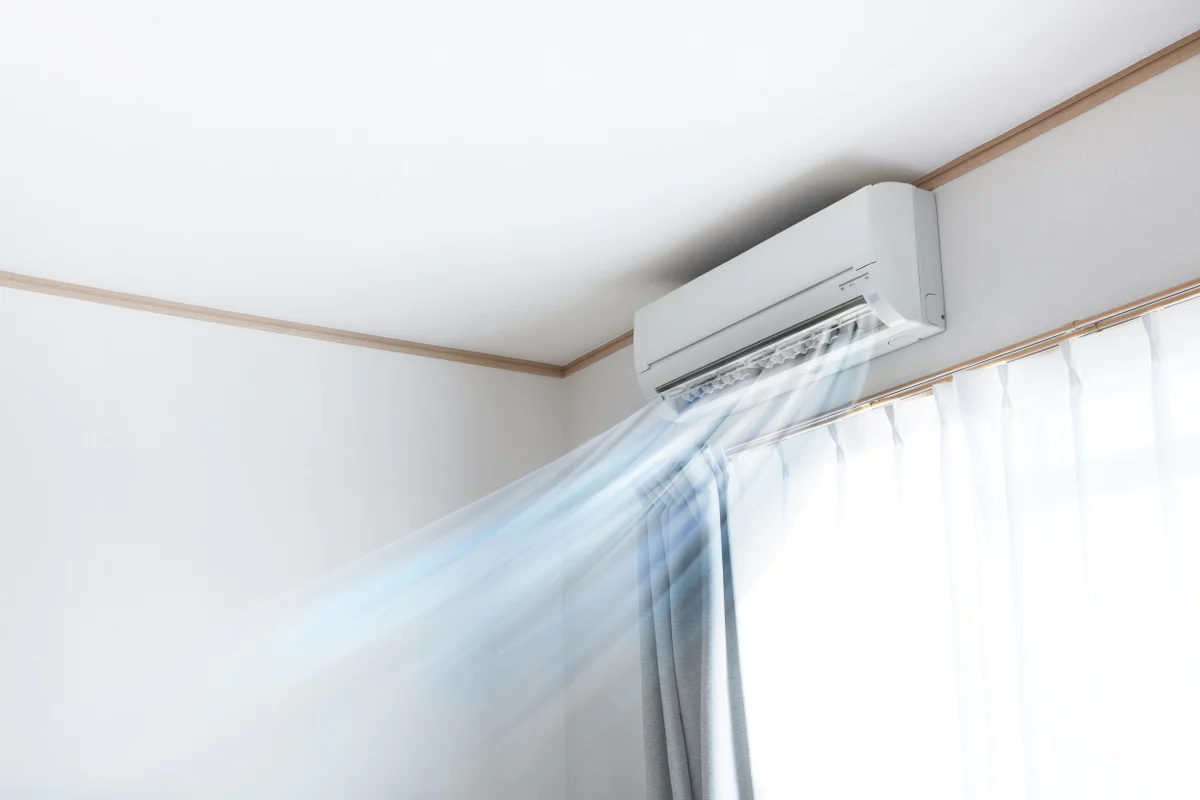


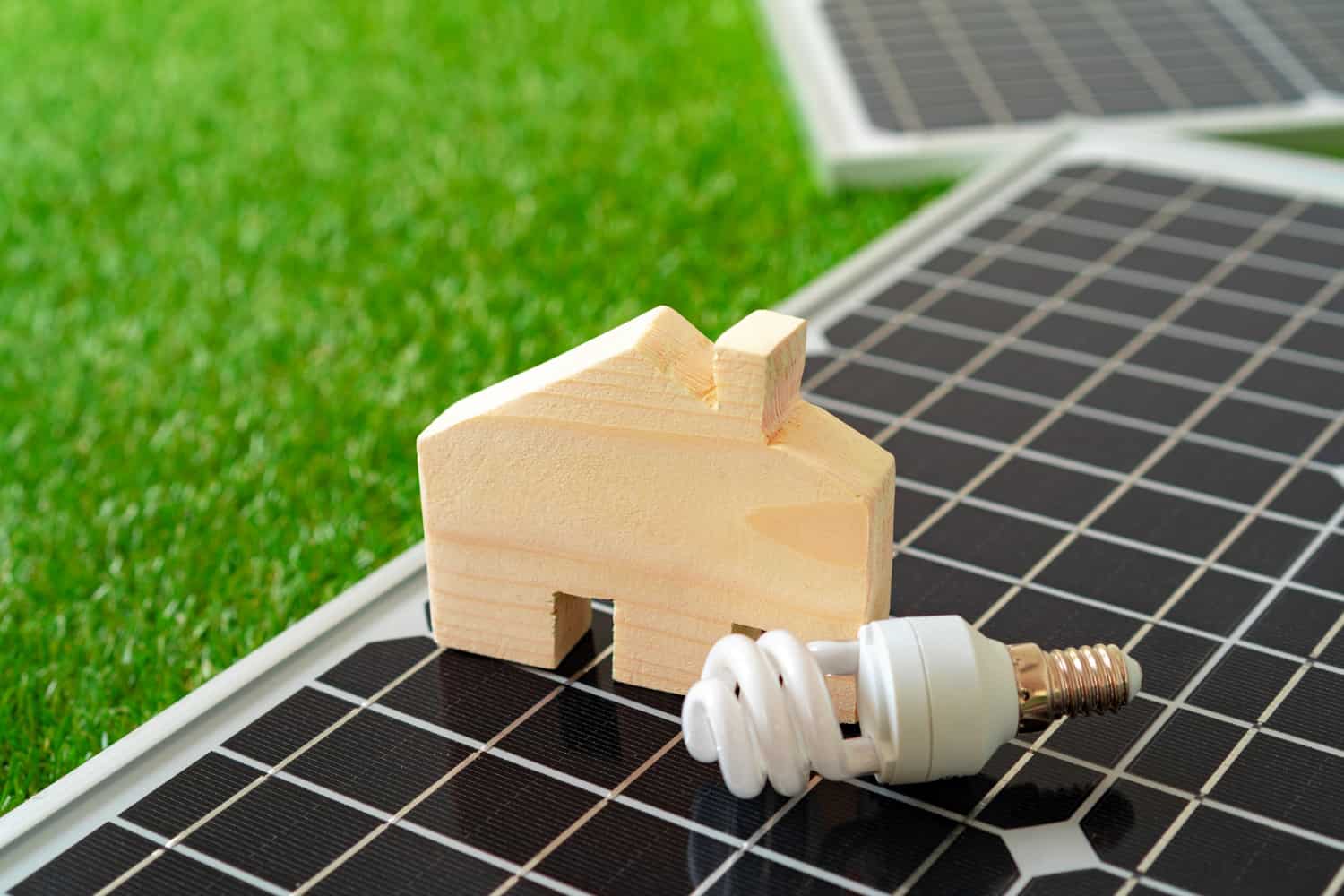

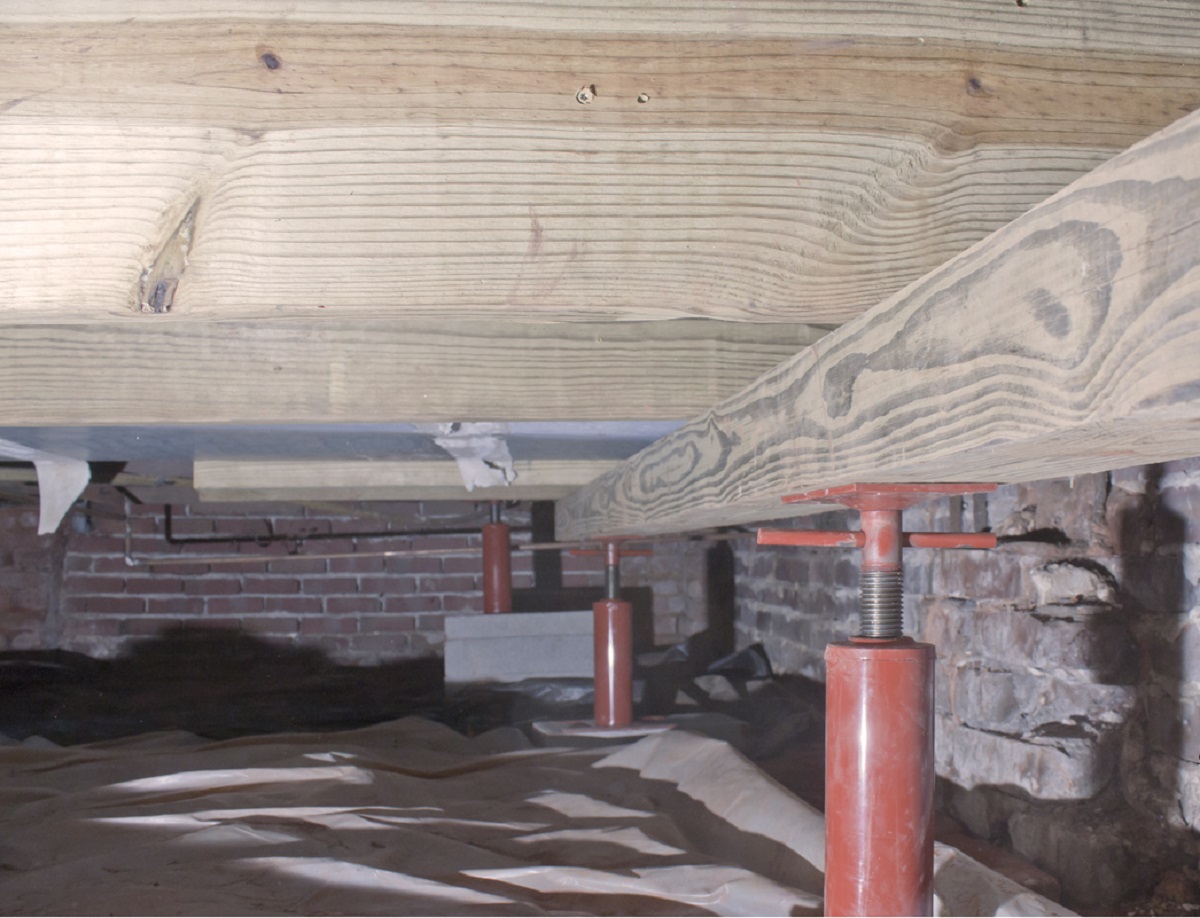
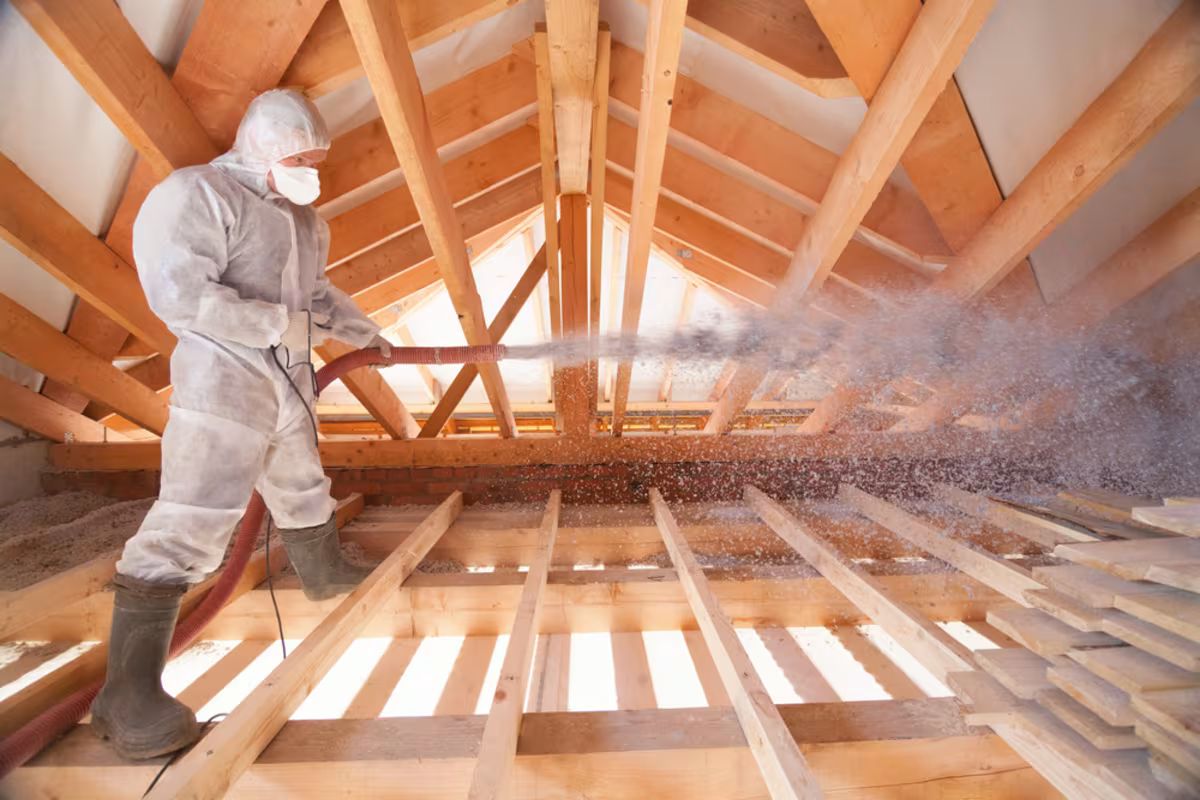
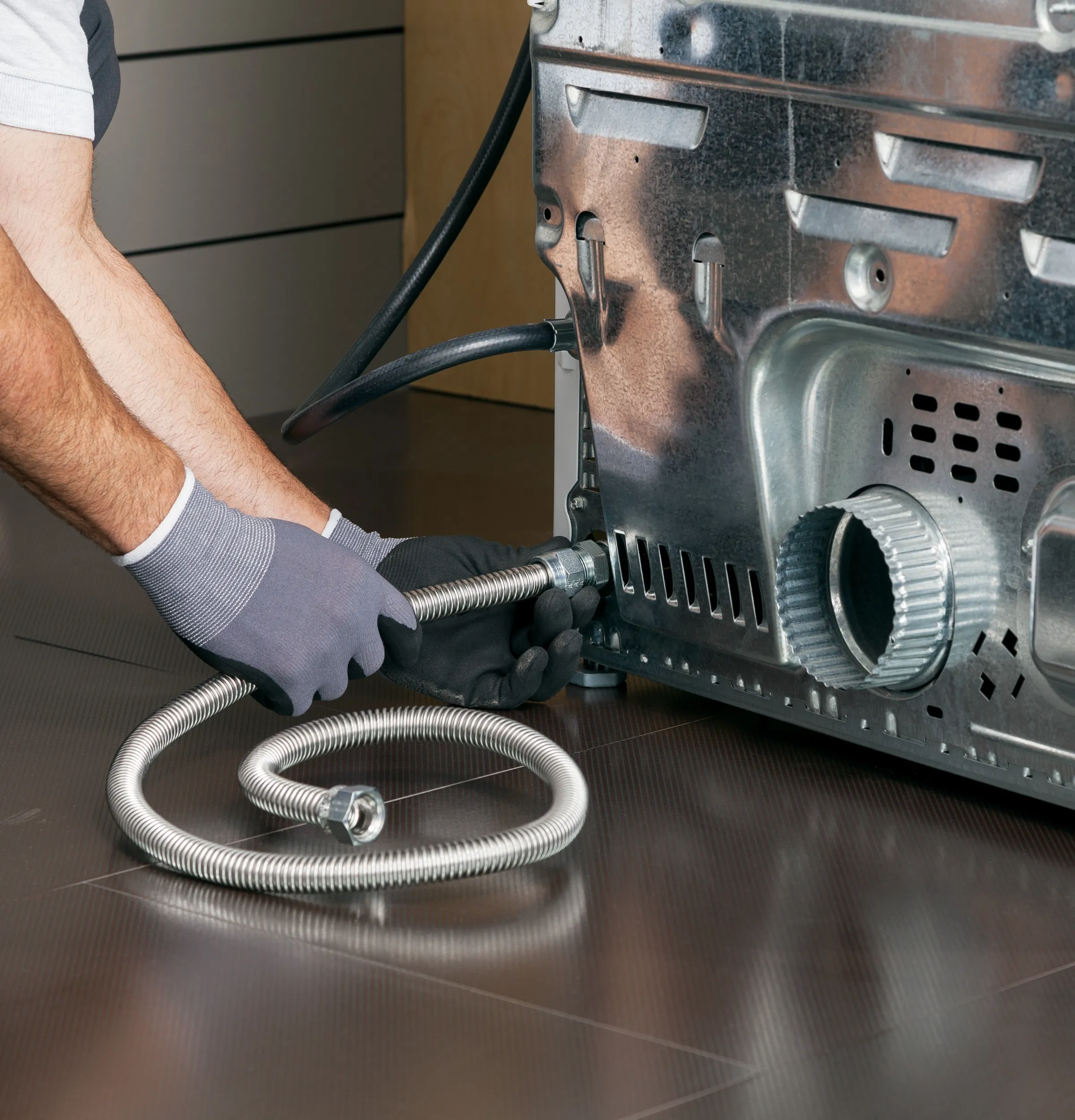

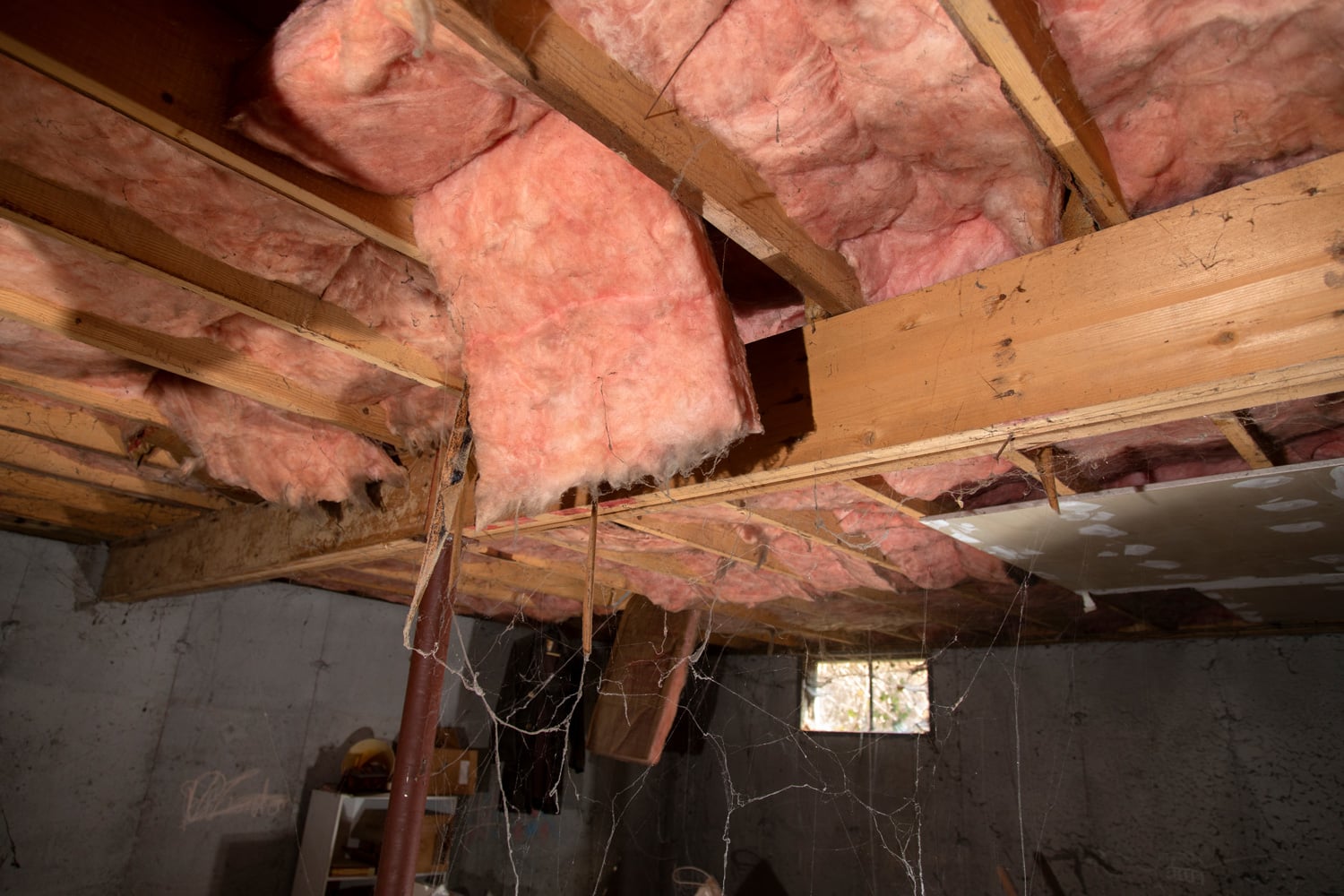

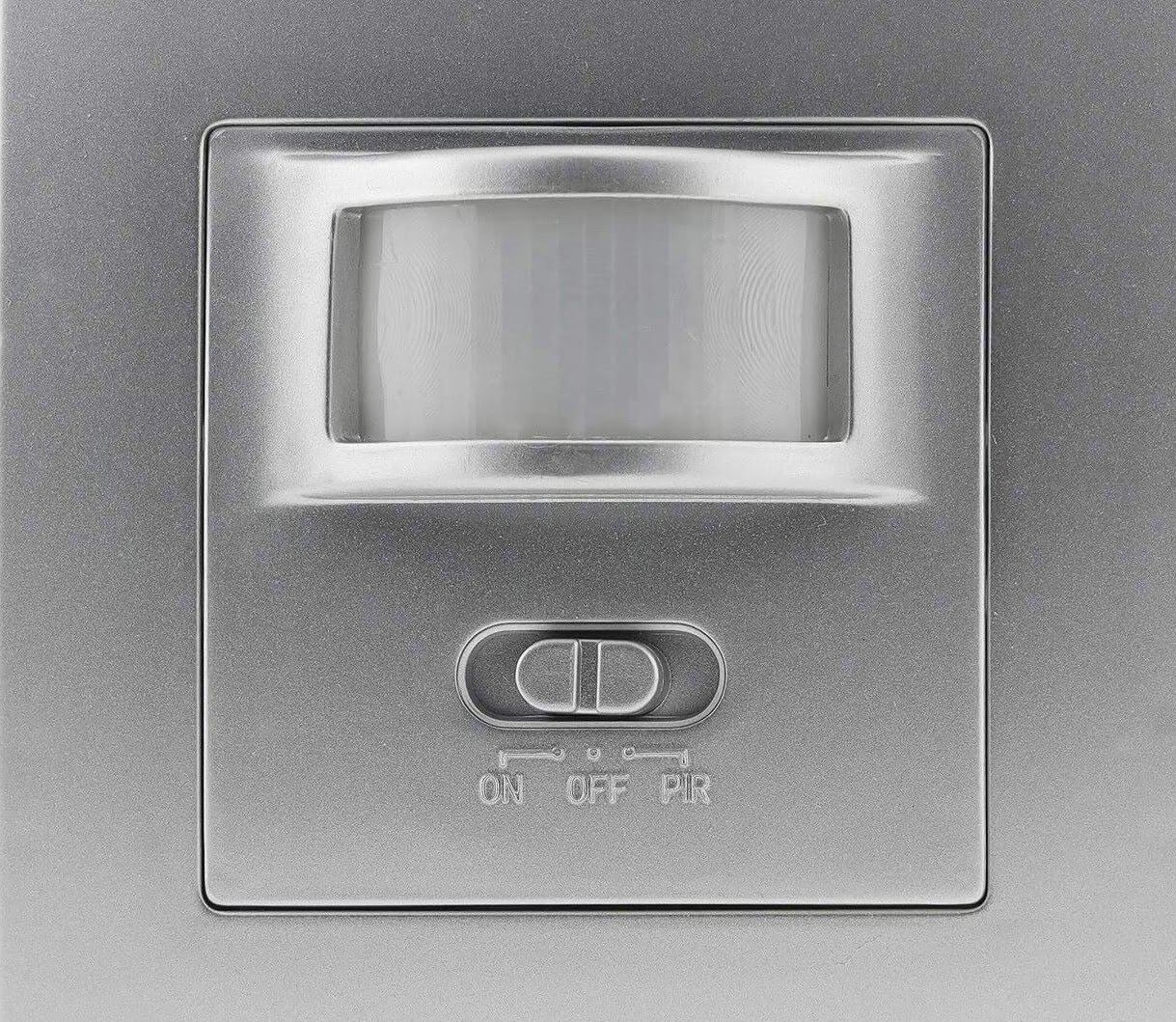
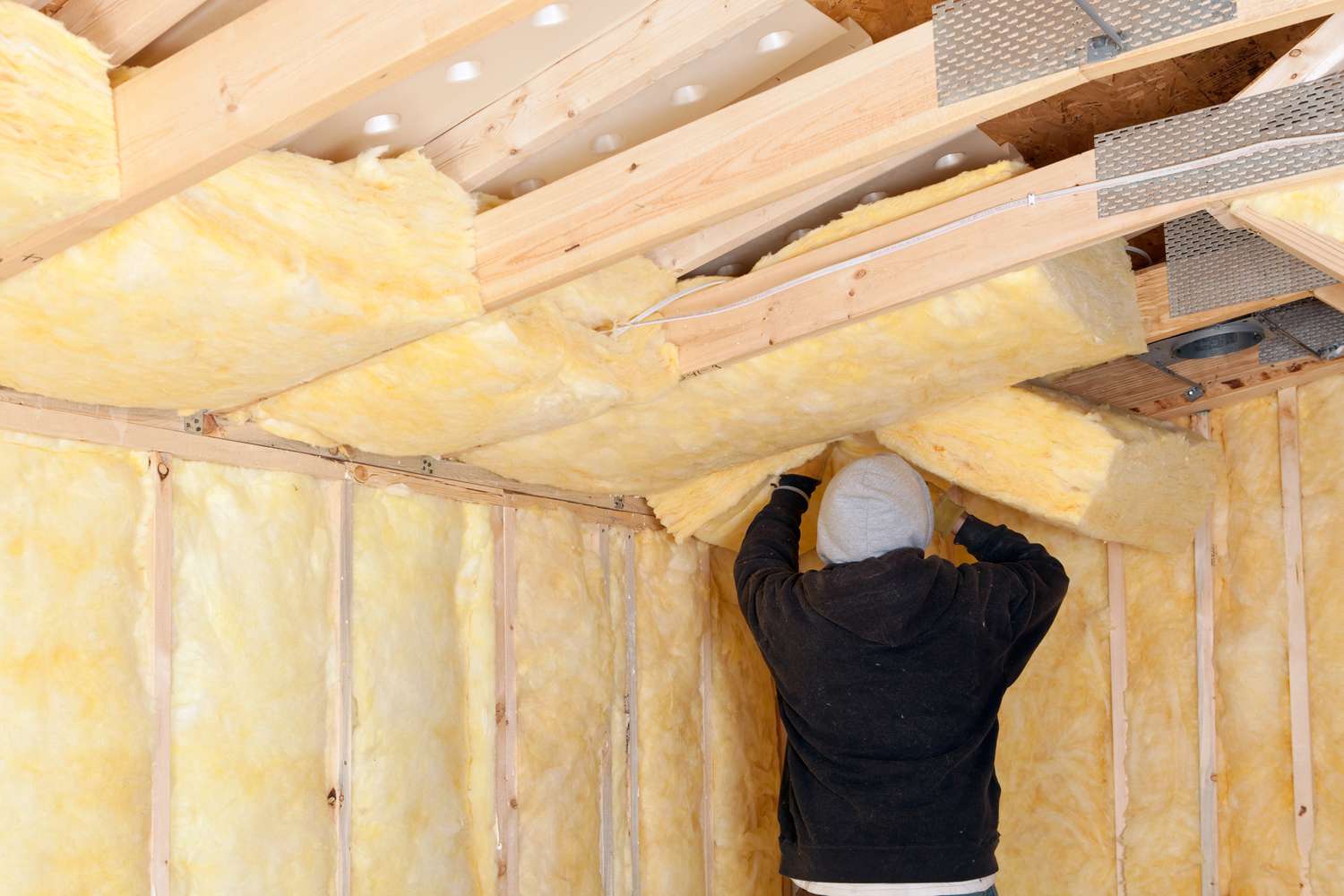

0 thoughts on “How To Save Up For Home Repairs”